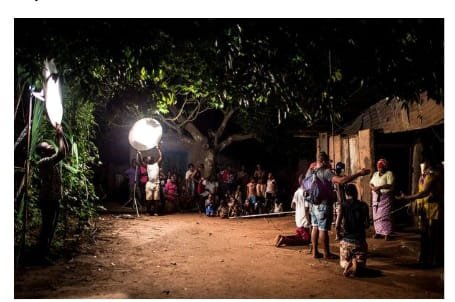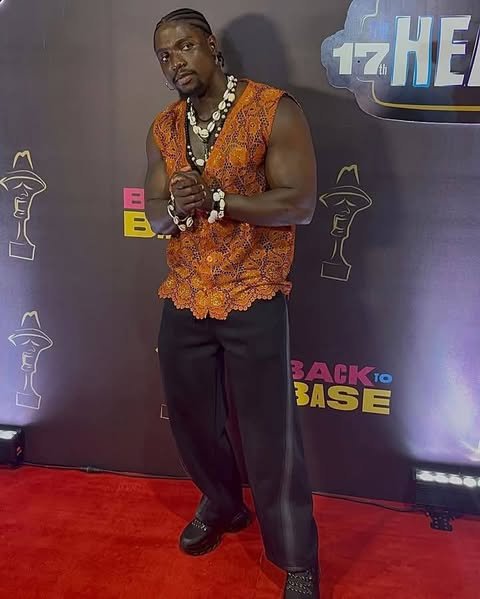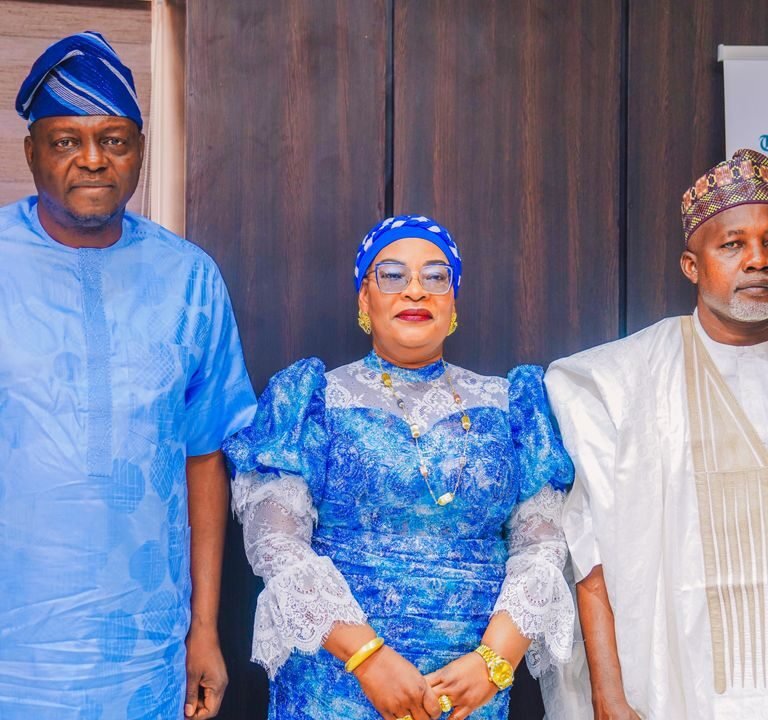
By Wahab Zainab, Hannah Adebisi, and Uthman Fateemah
May 29, 2025
From humble beginnings to becoming the world’s second-largest film industry, Nollywood has evolved into one of Nigeria’s most powerful cultural and economic exports. Today, it stands not only as a source of entertainment but as a reflection of national identity, resilience, and creative ingenuity.
The Roots of an Industry
In the mid-20th century, African cinema struggled to find its voice. While post-independence Francophone countries benefited from ongoing support for their cinematic ventures, Nigeria under British colonial rulereceived little institutional backing for its dramatic arts. Still, Nigerian creatives refused to be silenced.
A significant milestone came in 1957 with the release of Fincho, Nigeria’s first color film. The likes of Ola Balogun, Hubert Ogunde, and later, Wale Adenuga, helped lay the groundwork for an industry poised for greatness. Adenuga’s Papa Ajasco, released in 1984, stunned audiences and grossed ₦61,000 in just three days a staggering figure at the time.
The Nollywood Breakthrough
The 1990s ushered in what would later be known as the Nollywood Revolution. Driven largely by grassroots innovation, Nigerian filmmakers began recording stories on VHS tapes, a practice rooted in the Yoruba traveling theater tradition. These productions were raw, often low-budget, and deeply resonant.
The release of Living in Bondage in 1992, directed by Chris Obi Rapu, marked a watershed moment. The film’s success proved there was a viable, mass-market audience for local content. With little more than creativity and determination, a homegrown film industry was born.
From Struggles to Strength
Early Nollywood films were produced on shoestring budgets some as low as $15,000. They faced significant challenges: poor equipment, minimal infrastructure, and limited distribution channels. Yet what they lacked in polish, they made up for in authenticity. These stories were deeply Nigerian, reflective of real-life struggles, cultural dynamics, and aspirations.
It was journalist Norimitsu Onishi, writing for The New York Times, who first coined the term “Nollywood”—an homage to the filmmakers’ resourcefulness and grit.
Today, that gritty upstart has transformed into a multi-billion naira industry, contributing over 5% to Nigeria’s GDP and employing millions. Nollywood is now not only a cultural force but also the country’s second-largest employer.
Cultural Capital and Global Reach
Beyond the box office, Nollywood is reshaping perceptions. It amplifies marginalized voices, empowers female creatives, and challenges long-standing stereotypes about Africa. Figures like Funke Akindele and Toyin Abraham have emerged as industry powerhouses, not just as actresses but as producers, directors, and entrepreneurs.
Moreover, the film industry fuels allied sectors—from fashion and music to events and tourism—and generates an estimated $600 million annually. Its reach continues to grow through streaming platforms and international film festivals, bringing Nigerian stories to the global stage.
Record-Breaking Performances
Recent box office hits showcase just how far Nollywood has come:
The Lost Kingdom – ₦1.8 billion
Omo Eko – ₦1.4 billion
Jagun Jagun – Over ₦400 million
Queen Lateefah – ₦357,711,417
Ajakaju – Over ₦200 million
Unbroken – ₦950 million
The Heist – ₦900 million
These figures underscore the audience’s growing appetite for locally produced content and highlight Nollywood’s capacity to generate real economic value.
Conclusion: A Narrative of Resilience
Nollywood is more than just an entertainment industry it is a movement. It is the story of a people who, despite limited resources, carved out a global platform to tell their own stories, on their own terms.
From VHS tapes to red carpets, from roadside stalls to streaming giants, Nollywood continues to evolve innovating while staying true to its roots. It remains a living testament to the power of storytelling and a symbol of Africa’s boundless creative potential.
Photo Credit: The New York








